5 Iconic Furniture Brands from Spain You Should Know: Sancal: Breaking the Mould for 50 Years
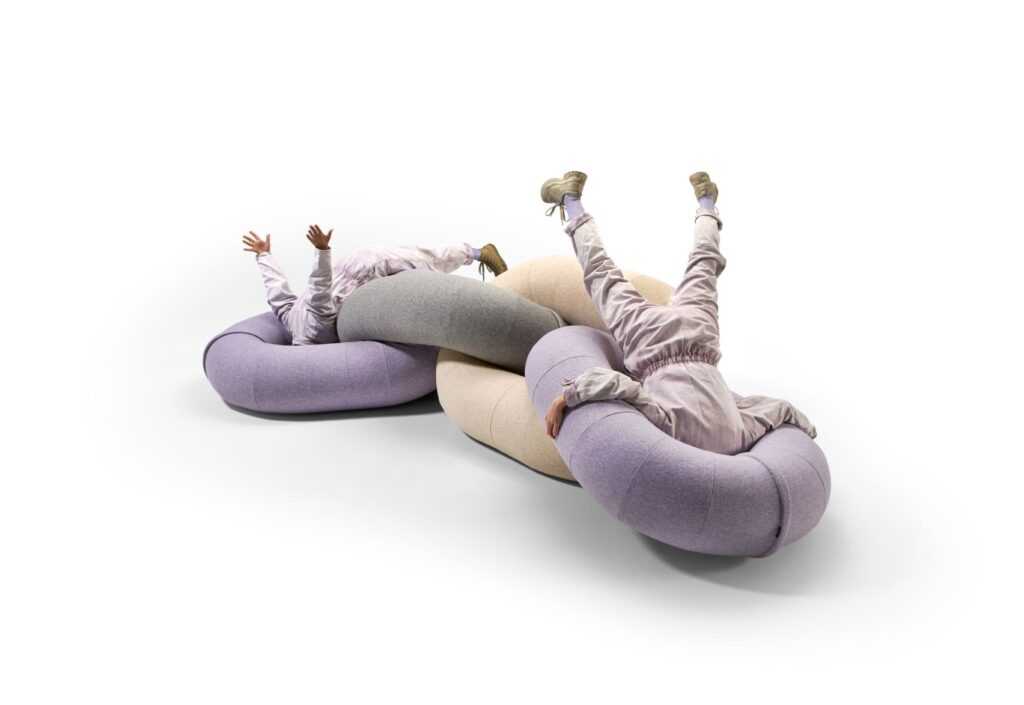
Spain has no shortage of companies creating statement-making museum-quality pieces. One such company is Sancal, which began operations in 1973 as a family-owned business in Yecla, near Alicante. It collaborated with one of Spain’s most well-known designers, Miguel Milá, in the early 90s. It has since collaborated with internationally renowned designers, including Karim Rashid, Pritzker Prize-winning architect Toyo-Ito, Sebastian Herkner, Luca Nichetto, and Stockholm-based Note Design Studio. The company has expanded over half a century to include in-house graphic, industrial, interior design, and manufacturing operations.
The Sancal brand is synonymous with its colorful and conceptual designs. This firm’s designs are firmly rooted in the land, climate, color, and light of the Mediterranean. “Mediterranean culture impregnates our work. Our Spanish identity: passionate, open, joyful yet humble is captured in every design.”.
Sancal’s commitment to the Made in Spain philosophy and the know-how of local artisans is laudable “We are proud of our artisans and would not dream of outsourcing our carefully crafted pieces to foreign sweatshops.”. With products sold in 90 countries, Sancal is truly a global brand.
Void Matters Collection by Note (design studio)(2020)
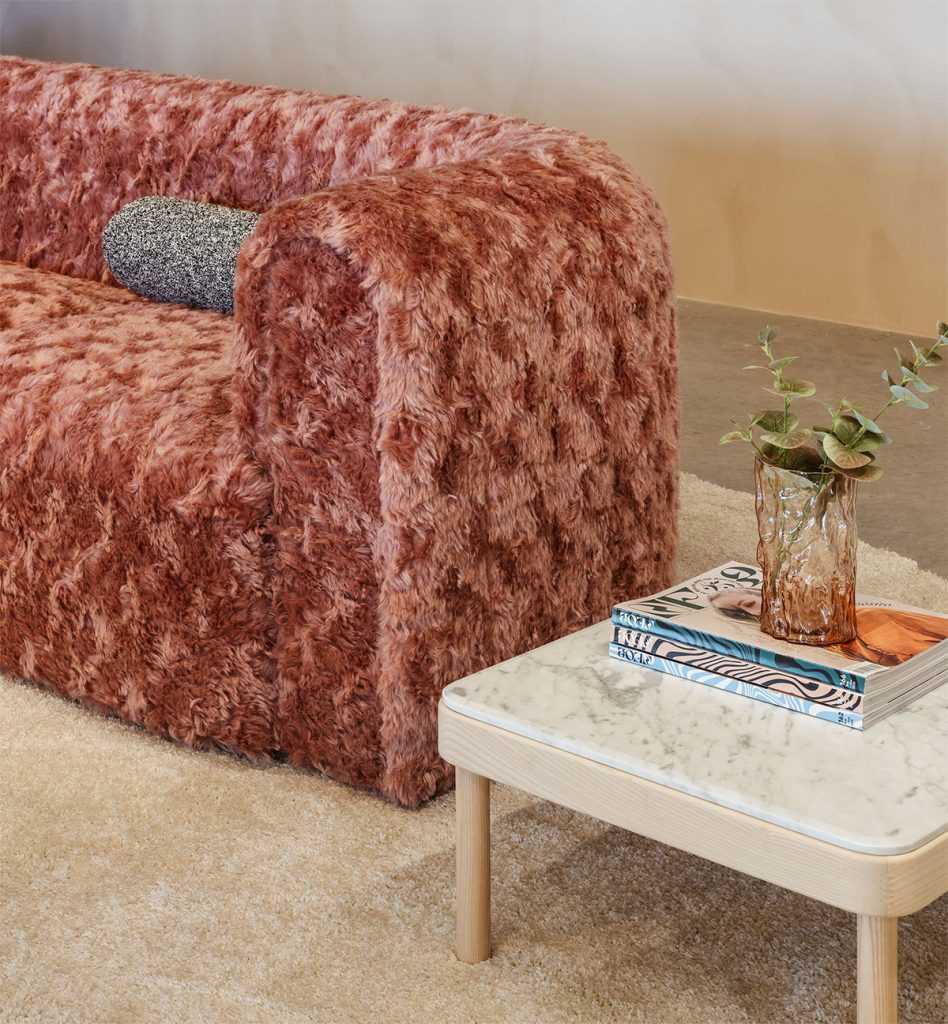
The Void Matters collection reflects how void shapes matter. Designed by Swedish design firm Note (design studio), each piece is unique, but they share the same inspiration: void, or the absence of matter, as a design element that shapes objects. Its range includes the Core, Remnant, and Dividuals seating and the Vestige tables, which reflect on how the passage of time sculpts matter. Sancal‘s first purely conceptual collection, the prestigious magazine, Wallpaper*, recognized “Void Matters” as one of the best conceptual designs of 2020. In 2020, Interior Design magazine honoured Remnant with an award in the “Residential Lounge Seating category.”.
The Core and Remnant are stand-alone and complementary sofas and armchairs.
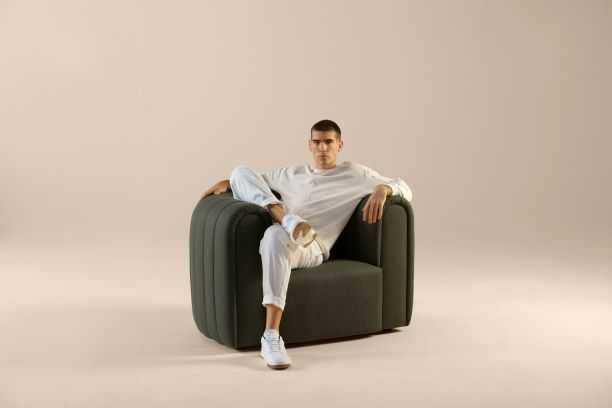
The Core line is the essence, the origin, and the constituent part. From a philosophical point of view, and taking its classic inspiration as a conceptual reference, Core would represent the positive part of the matter, and Remnant the negative, the discarded material. Note Design and Sancal wanted to reverse this outdated point of view and highlight the importance and value of remnants. Core’s volumes show the matter in its pure state. Its formal design, which brings to mind classically-inspired furniture and shapes, presents its most contemporary facet through the materials used.
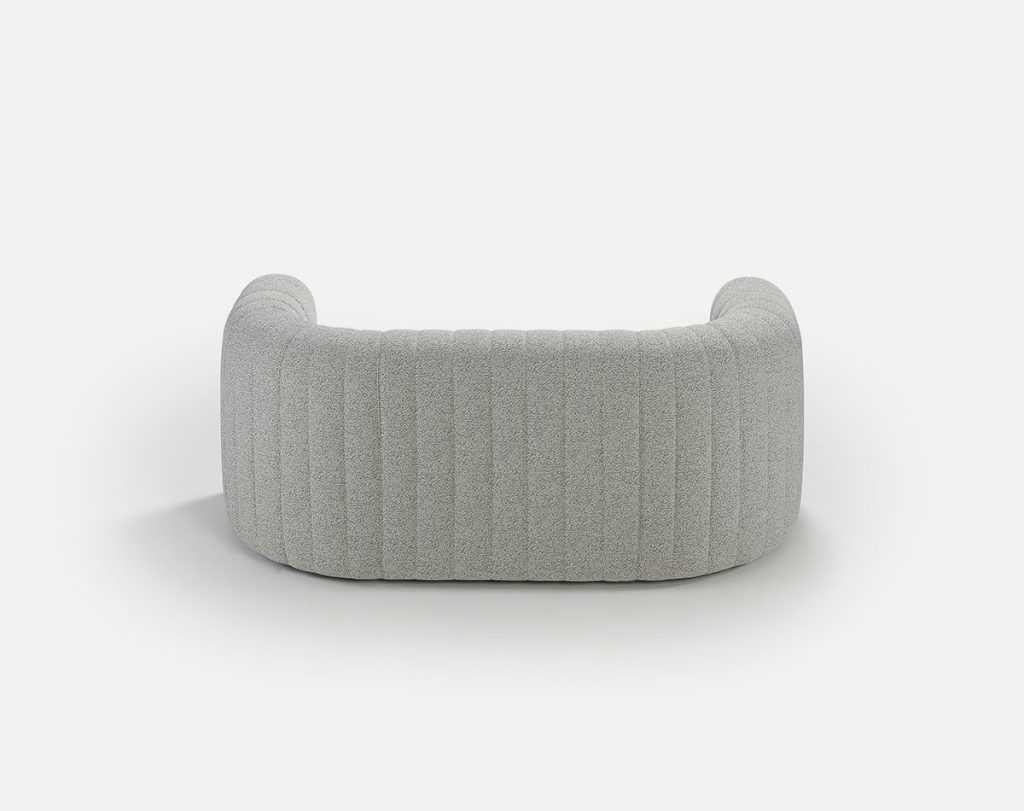
The generous and comfortable seat contrasts with the delicate quilted back. The balance of the Core resides in the harmonious union of its parts, which naturally fit together like elements chiseled by a sculptor as if built from a single block of material.
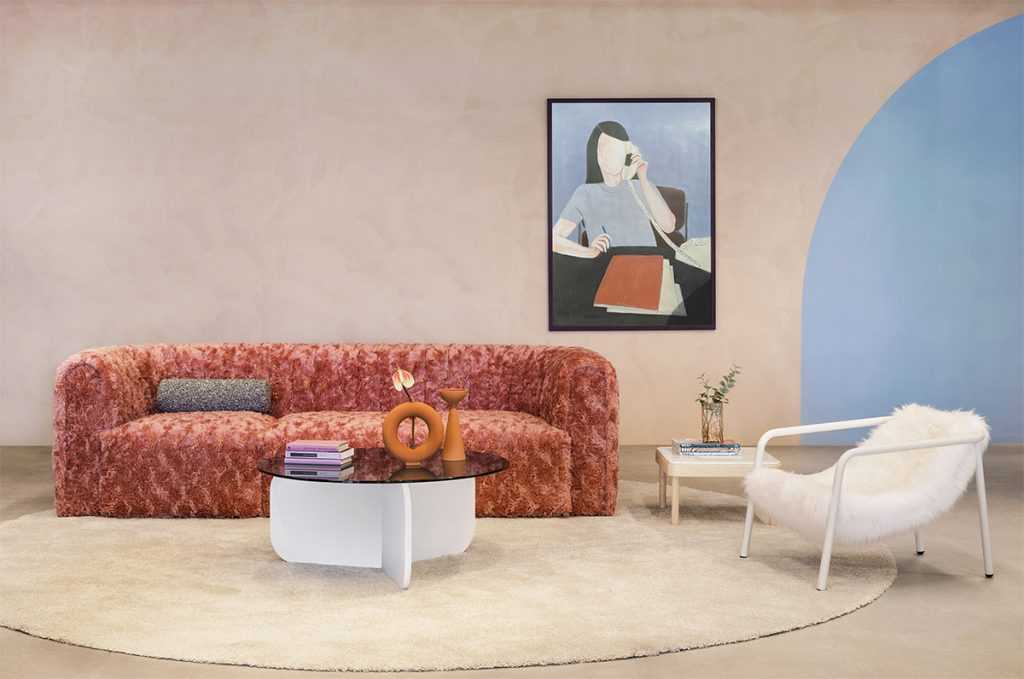
Remnant represents the material the sculptor might have discarded after creating Core. A different but complementary interpretation of the same form. Remnant is an abstract and engineering work that speaks to the future.
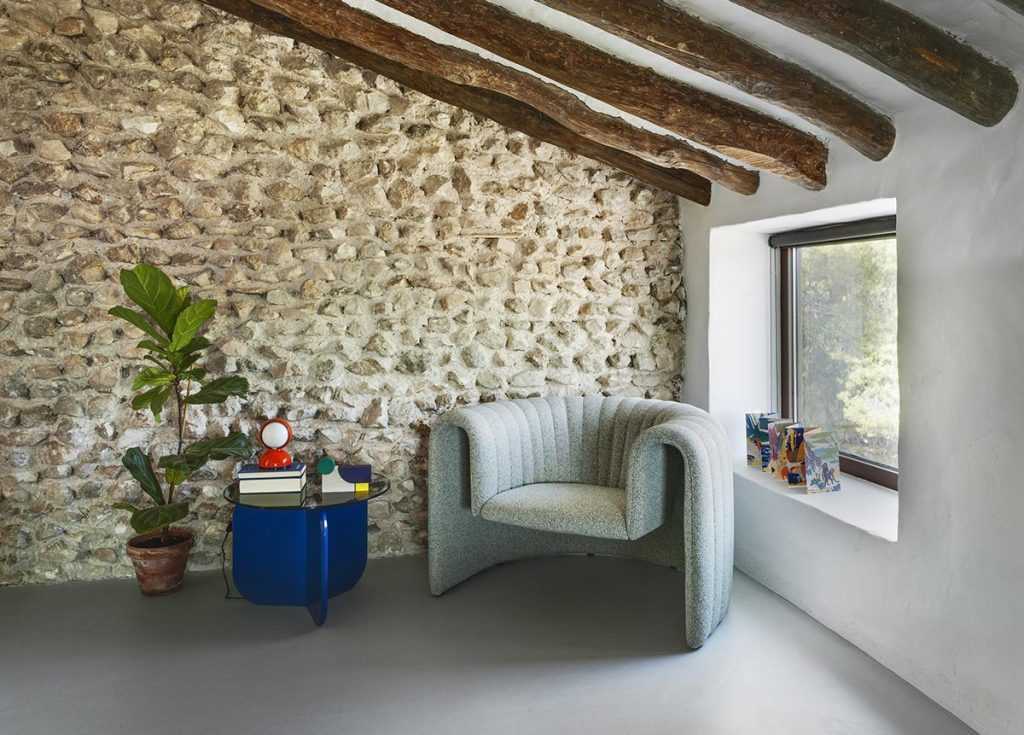
The visual simplicity of Remnant represents a complex feat of engineering. It has a lightness and apparent simplicity that belie a considerable amount of development, experimentation, and engineering.

Sancal’s technical office had to find a way to support a seat that floats in the air. In essence, it is the perfect fusion between industrial curiosity to create new constructive forms, the warmth emitted by the manual and artisan work of the upholsterer, the elegance of the design, and impeccable details. The subtle and elegant quilting adds texture to an iconic design. Upholstery is available in a wide range of fabrics.
Dividuals is a series of upholstered poufs that can serve as stand-alone pieces or combine with others in the series. A reflection on the concept of a void, one of the most characteristic features of these poufs is their inverted or “empty” seat. In creating it, Note Studio Design surmised: “What do the positive and negative parts of an object represent? What defines an object itself, the matter or the void that surrounds it?”.
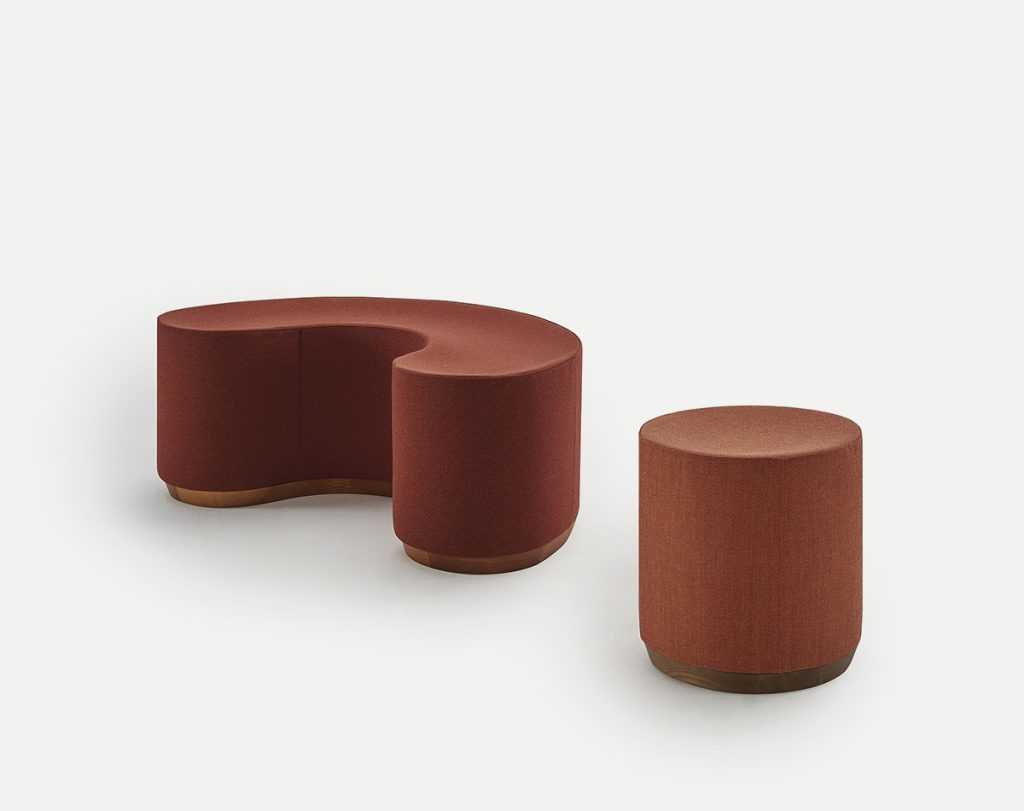
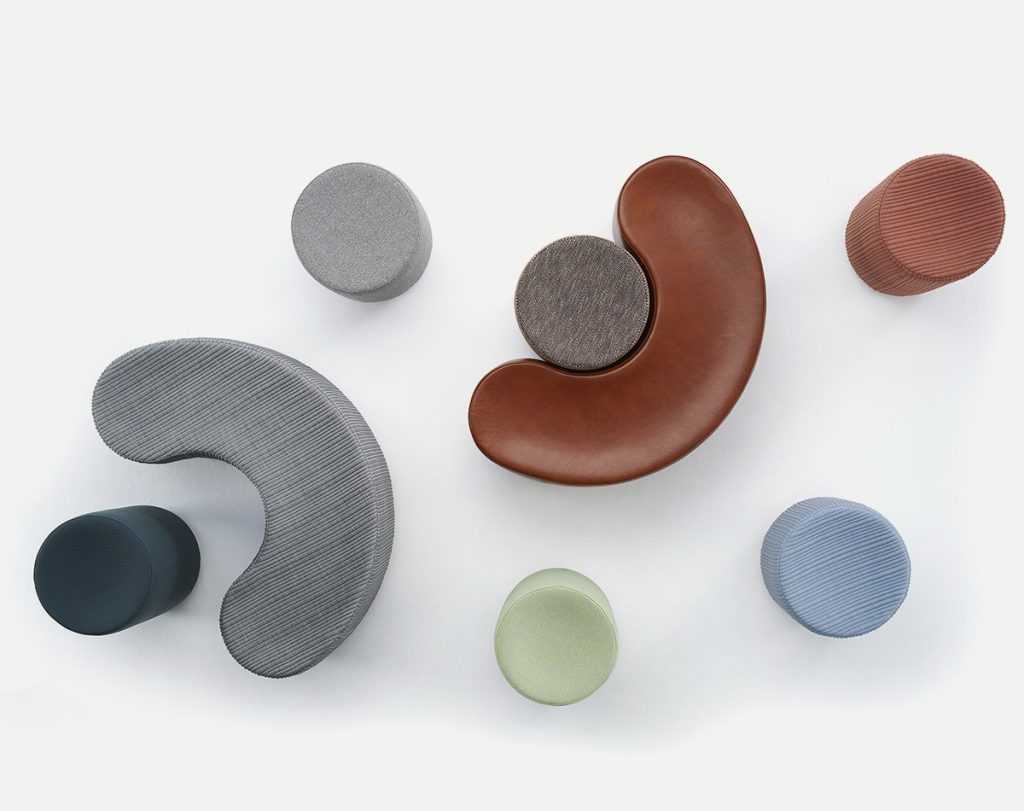
The Vestige family of tables represents the beauty of the past for which the passage of time is an element that leaves a trace of the past as it sculpts matter. The sculptural table bases remind us of the architectural figures of ancient civilizations that have eroded over time, showing us their strength and beauty in simple ways.

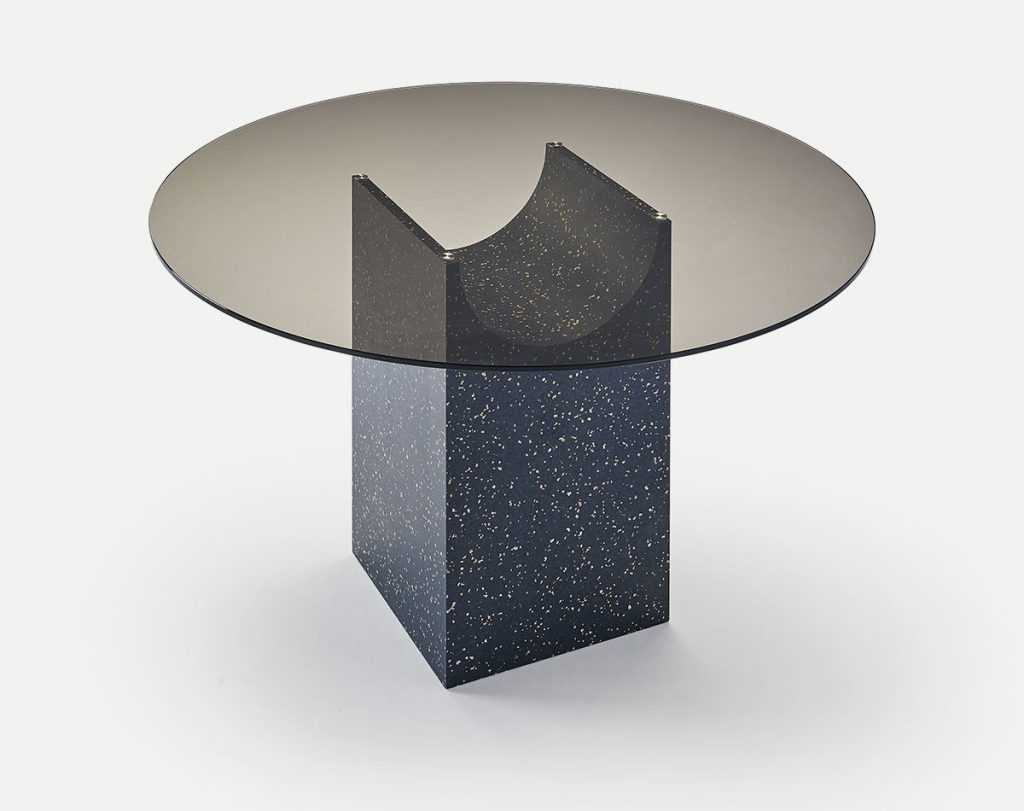
Loop & Link Sofas by Raw Color (2022)
Loop & Link are modular fabric sofas, a collaborative project between Sancal and the Dutch design studio Raw Color. The idea for them emerged in the first days and at the height of the pandemic, borne of an optimistic conviction that we would one day sit together again. The working title was Party in honour of that moment when we could celebrate the end of the pandemic.
From a single gesture, a shape evolves that unites curved and straight segments. The visual connection between the Link and Loop is the cylinder. The geometry allows the overall volume to be soft and tactile in its appearance. There are no hard corners.
With Link, Raw Color challenges any conventionalism associated with resting and socialising by rethinking how we sit based on the curves of a chain. Why can’t a seat be a piece of art when not in use? Scale is an essential design element, turning an everyday object into a sculpture. The user can combine components- links- to the desired length. The approach is undoubtedly free by breaking down all formal borders, promoting anarchic sitting. Each piece is available in a carefully selected range of six plain colours, a couple of multicolor ones: multitone bold and pastel, and the Kvadrat x Febrik Sprinkles sample collection.
The Loop and Link collections were shortlisted in the seating design category for the 2022 Dezeen Awards.
Raw Color is an Eindhoven-based studio led by Daniera ter Haar and Christoph Brach, working across design disciplines-photography, graphic design, and furniture design for commissions and self-directed projects with colour at the core. Their pieces are in the collections of the Cooper Hewitt Museum in New York and the Stedelijk Museum in Amsterdam. Loop and Link are their first collaboration with Sancal.
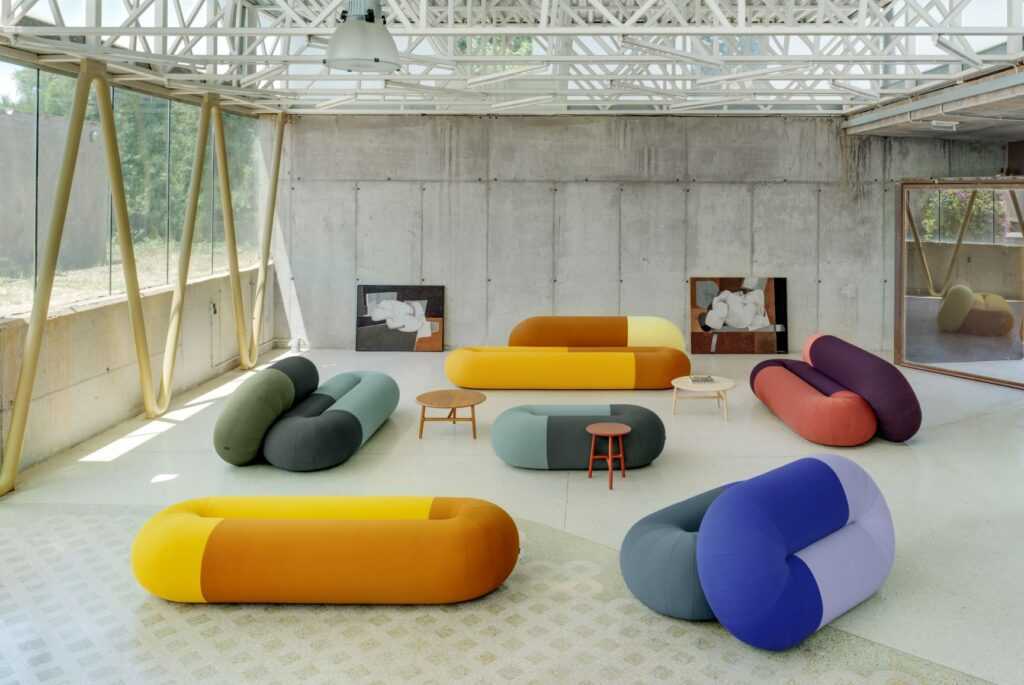
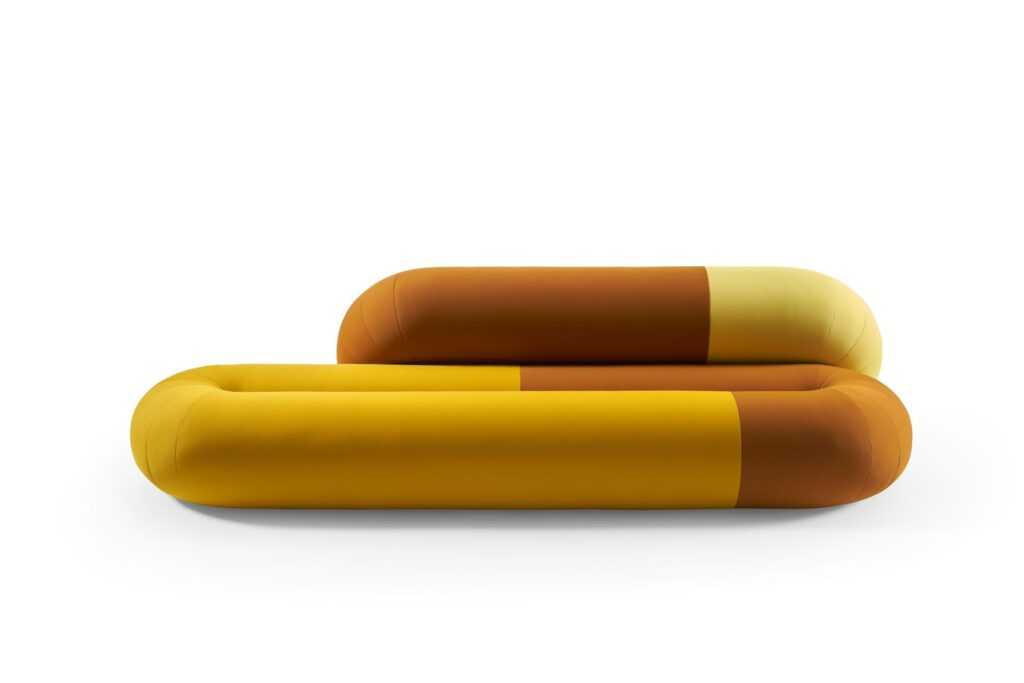
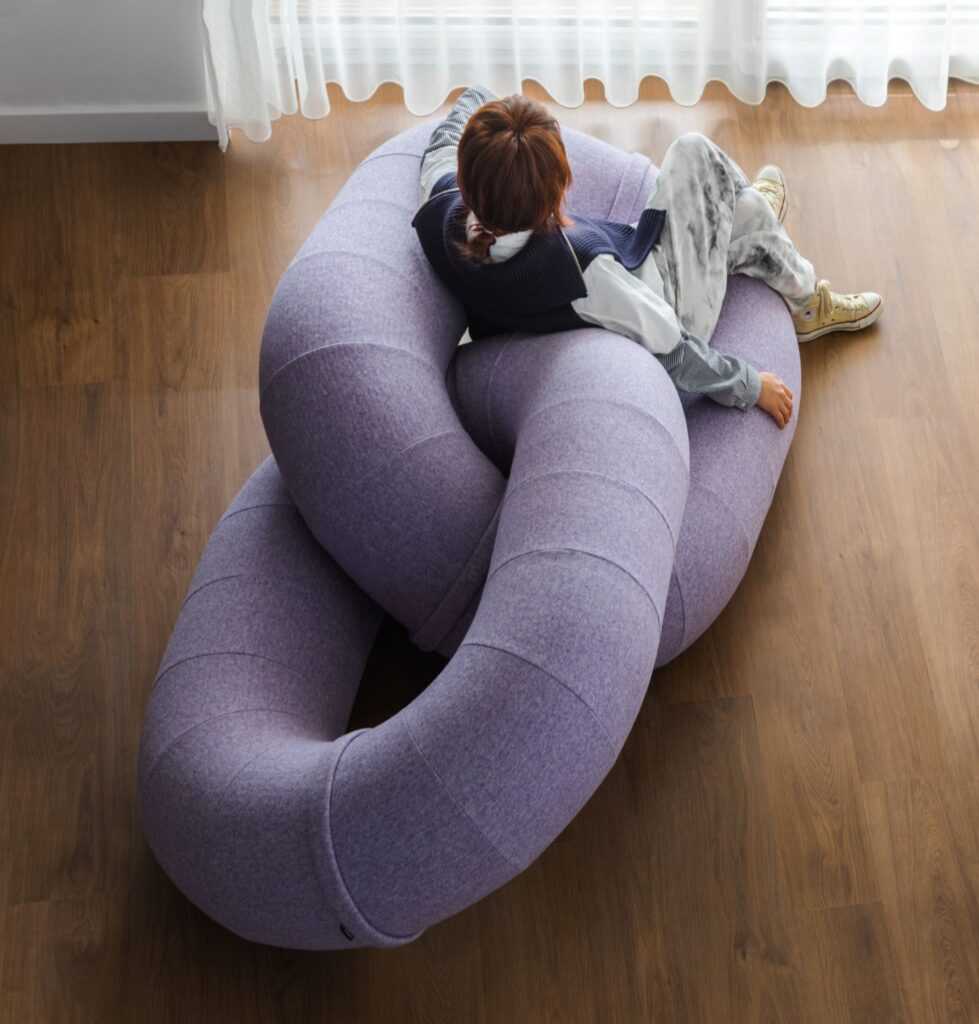
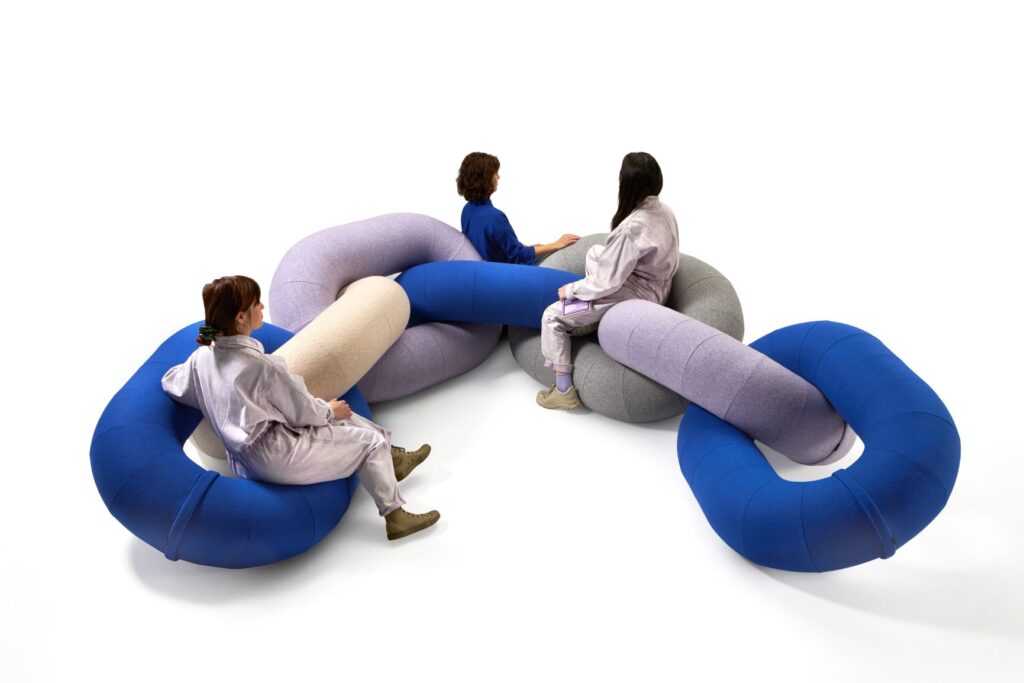
Roll by MUT Design (2020)
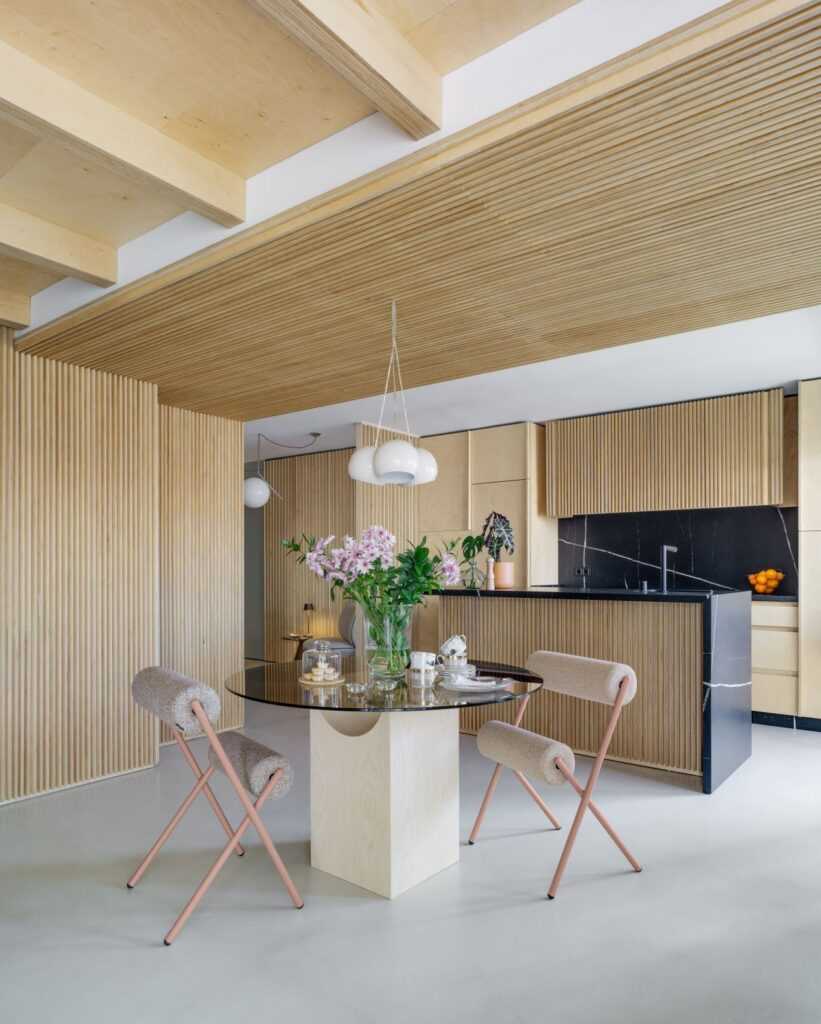
Industrial “trompe l’oeil”. The Roll chair created by Mut Design is at once complex and straightforward. Inspired by the leg presses in gyms, the original seat is the direct opposite, instead offering rest to those who need to pause. Avoiding superfluous ornaments and details, the designers reduce the conventional shape of a chair to two pure elements: steel tubes and two cylindrical pads for the back and seat. The unusual silhouette turns an industrial object into a work of art, In this way, combining balance, beauty, and functionality.
MUT is a Valencia-based multidisciplinary team studio Founded in 2010 by designers Alberto Sánchez and Eduardo Villalón.
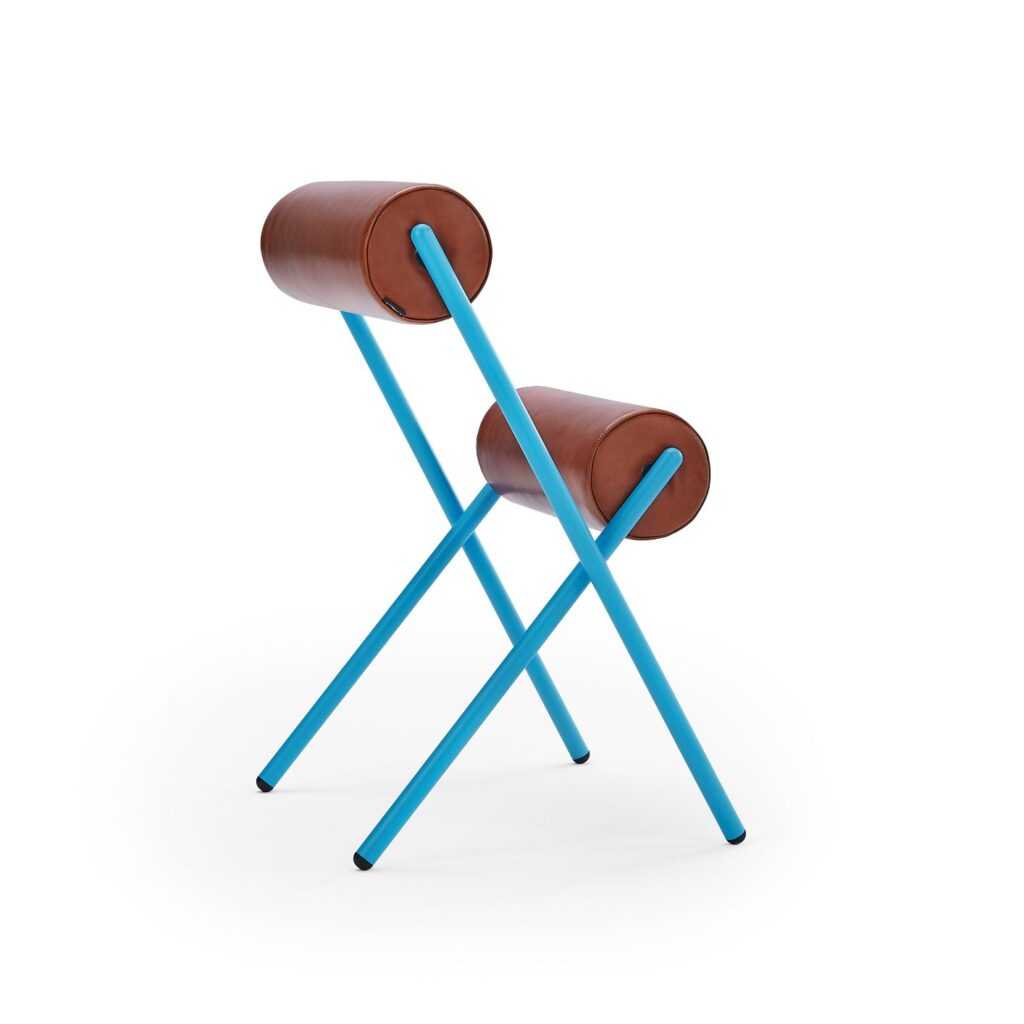
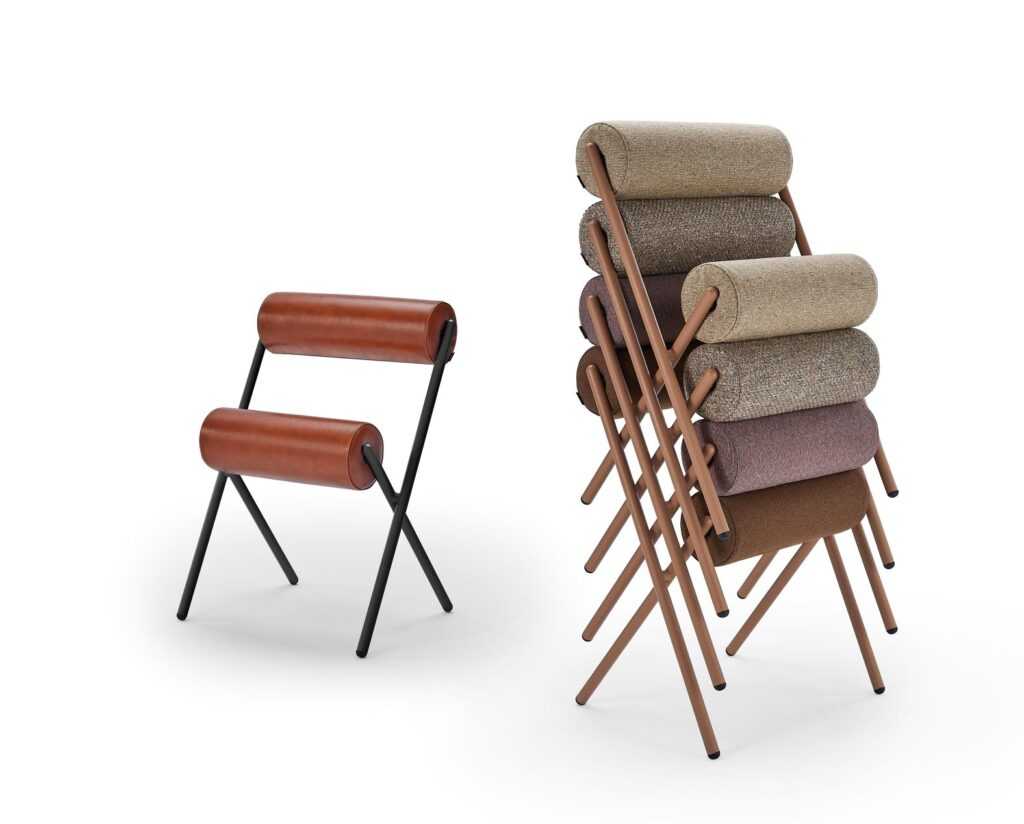
Pion by Ionna Vautrin (2013,2022)
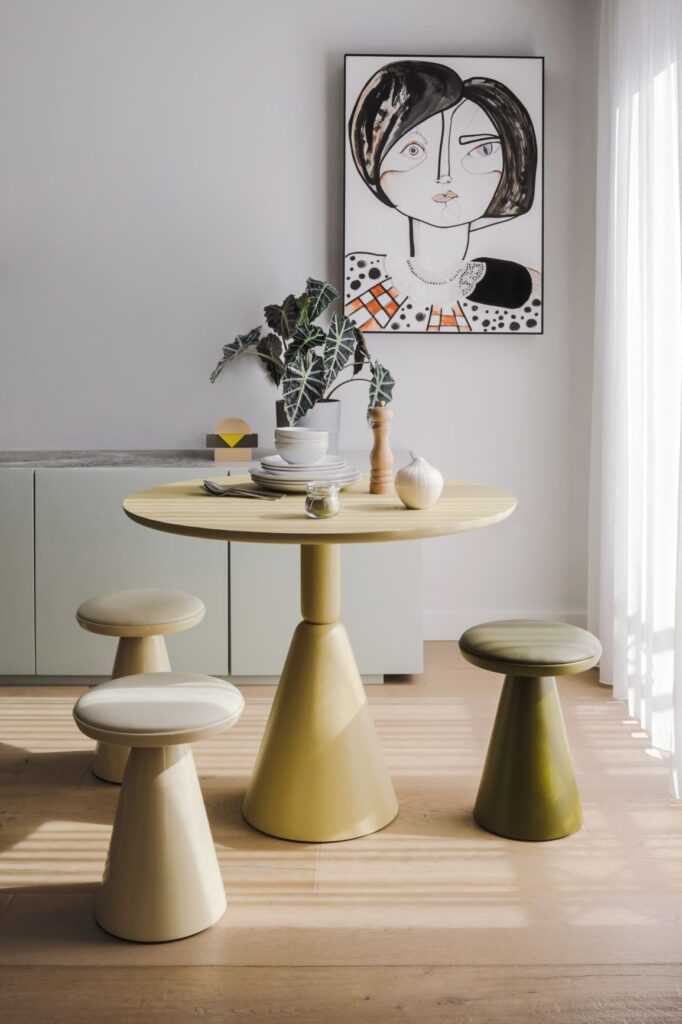
In chess, no two games are the same. Sancal looks to expand the possibilities of its iconic Pion collection, a colourful family of tables and stools, designed by Ionna Vautrin, with new finishes and sizes, and unique configurations. However, Sancal has maintained the subtle essence of a classic, just like the game from which it draws its inspiration.
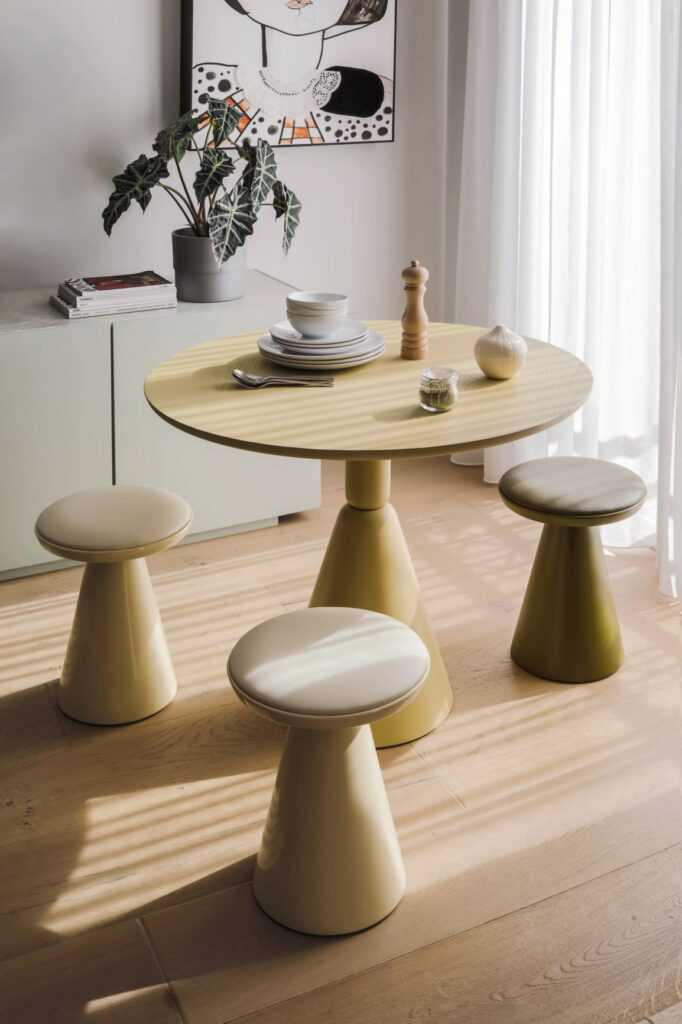
The Pion is a complete set of pieces. The dining and conference tables represent queens. Rooks, bishops, and knights are portrayed in a legion of occasional tables, while the humble pawn is the stool with leather seating that is tanned to match the colour of the lacquered base.
Totem Stool and Table by Sylvain Willenz (2020)
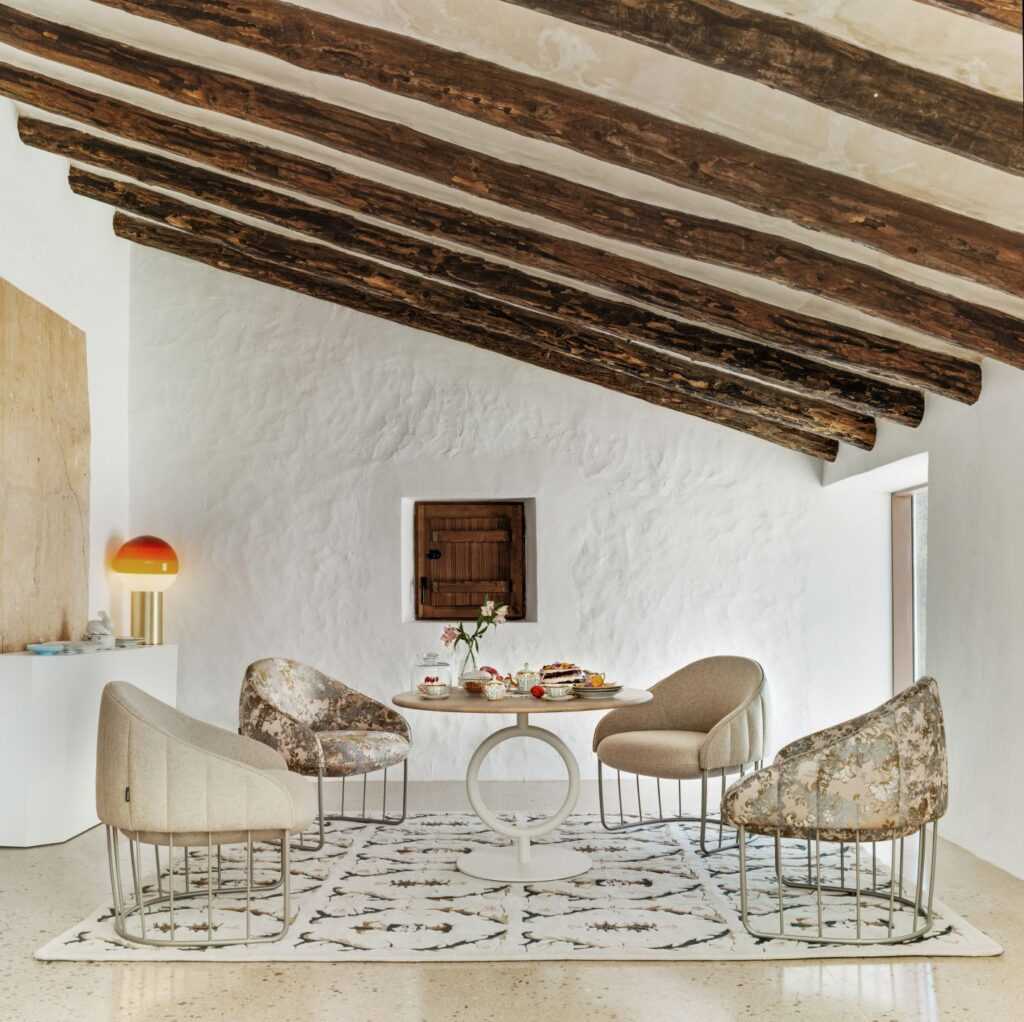
Part of Sancal’s Museum Collection, Totem is a bar stool and a range of tables that are as functional as they are decorative. The Totem collection is Sancal’s first collaboration with Belgian designer Sylvain Willenz.
The dictionary definition of a totem is an iconic piece or a special symbol to which spiritual significance is attached. Sancal maintains the ancient symbolism of an icon that transmits balance and creativity but did so by escaping from conventional forms and exploring a new design language. Totem’s sculptural curves and graphic silhouette transcend its function to become a decorative object.
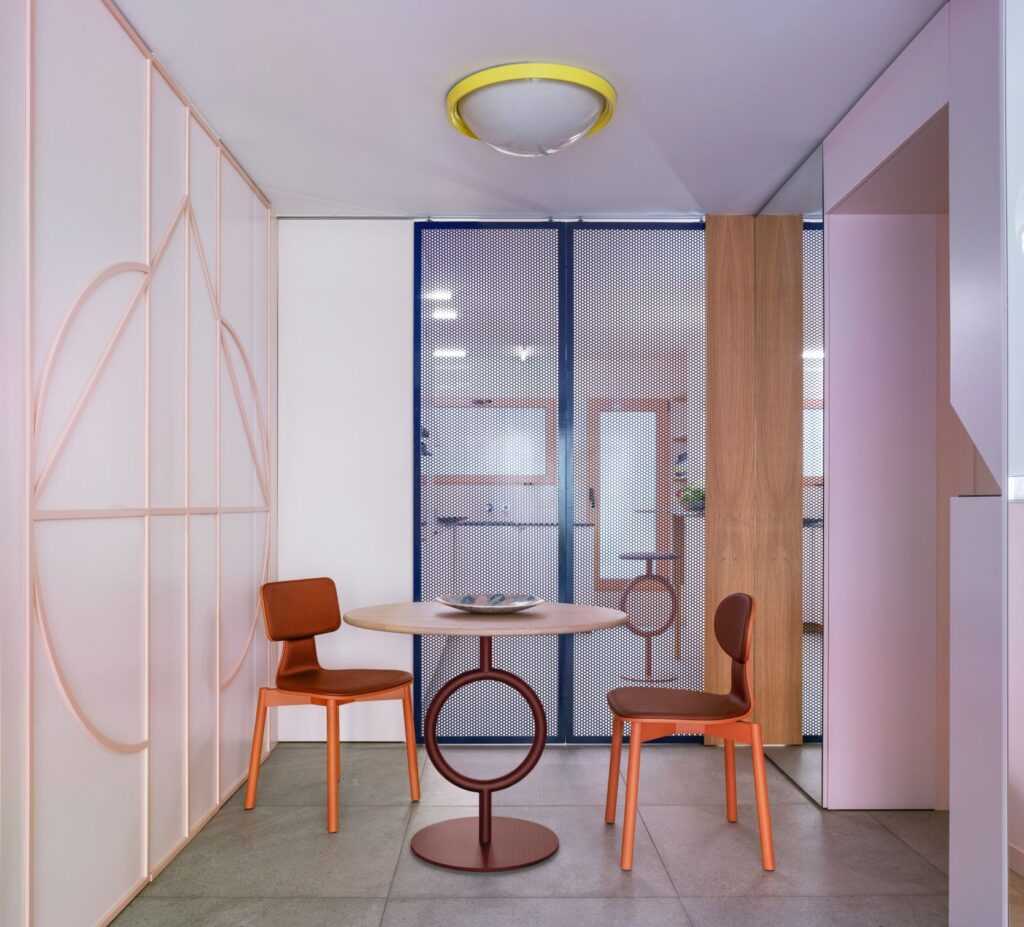

Flower Power – Raw Vases by Estudio Sancal and Egle Zvirblyte (2018)
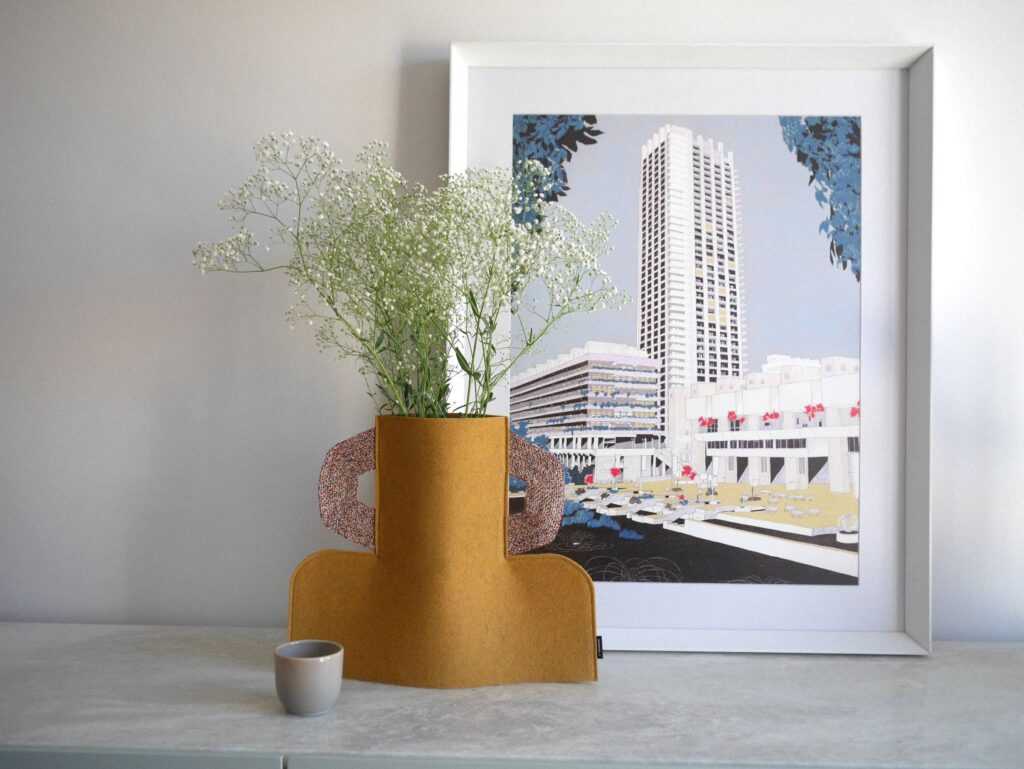
These unique fabric vases by Estudio Sancal are versatile, made to cover a vase of flowers or serve as a stand-alone ornamental piece. Part of Sancal’s Cosas collection, the first edition of Flower Power features a range of prints, providing a canvas for illustrations by Estudio Sancal and collaborating artists.
The sublimation printing technique maintains the intensity of the colours, while the fabric selection, a composite of industrial felt, provides consistency and a rough feel that imparts textural warmth.
The characters in the Urban Jungle print (third from left below) appear to observe one through the cracks in the wall. It is an exclusive illustration by London-based Lithuanian artist Egle Zvirblyte.
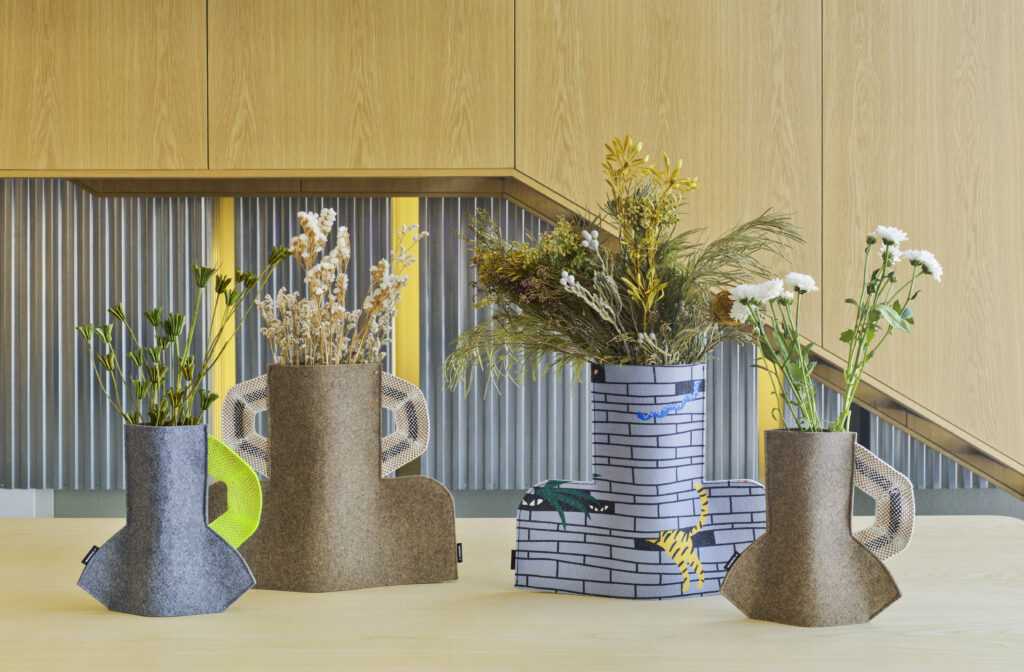
The second series features sober palettes, with predominately grey, red, and yellow hues. As a counterpoint, the braided handles inject it with a homey feeling. The collection is made of industrial felt made of 100% polyester and recycled plastic bottles.
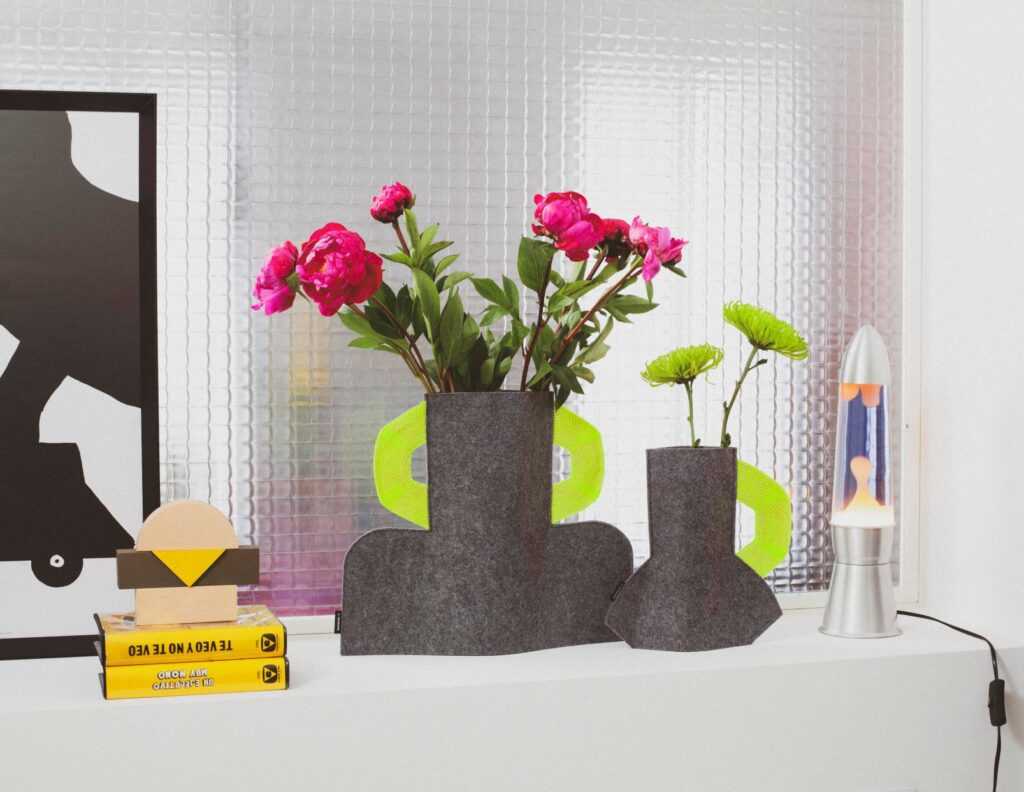
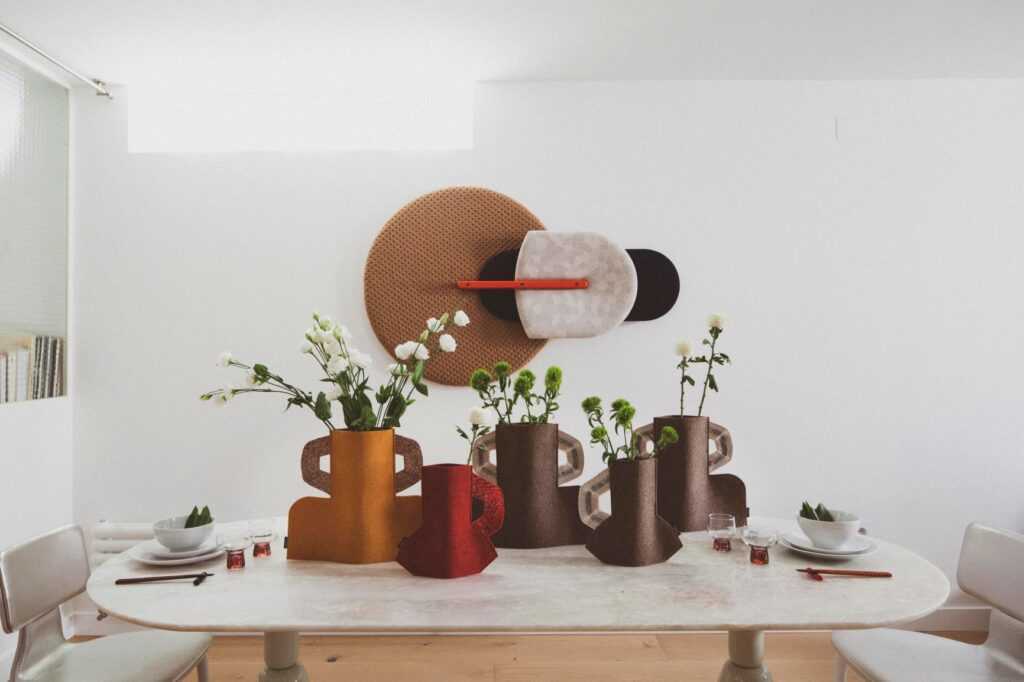
Tartana Felt by Isaac Piñeiro (2018)
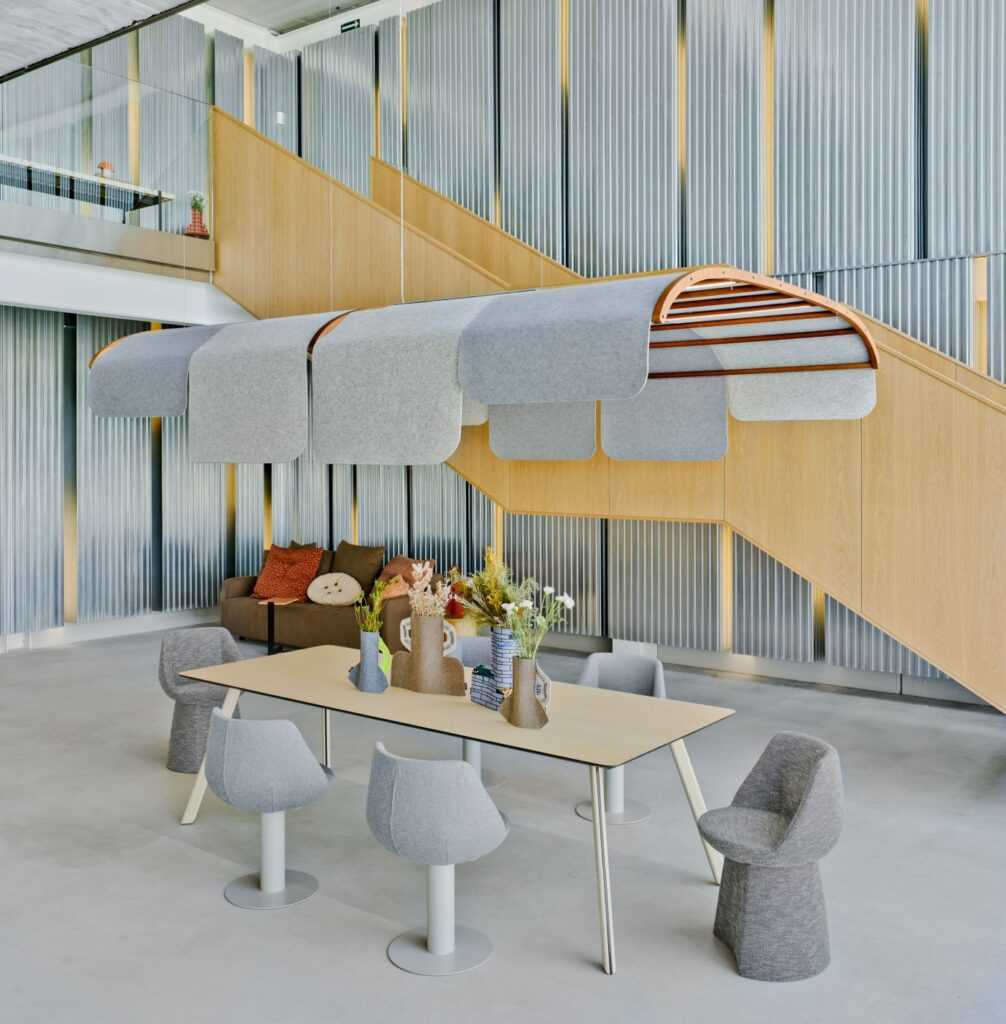
Barcelona-based product designer Isaac Piñeiro was inspired by a pre-industrial epoch for this post-industrial product when he designed the Tartana, the Spanish word for a carriage with a domed cover on two wheels. Sancal’s modern-day Tartana is an acoustic dome, a totally new product, designed to protect us and provide us with the privacy we yearn for in open spaces.
The structure is ash, and the fabric is a laminated foam. The textile is available in several fabric combinations: sand, bloom, cobalt, fog, fire, and lemon. Both sides have the same acoustic properties and can combine to achieve different colour co-ordinations. The fabric is constructed in three layers to create the optimum phono-absorbent effect. A version features LEDs, converting the Tartana into a lamp.
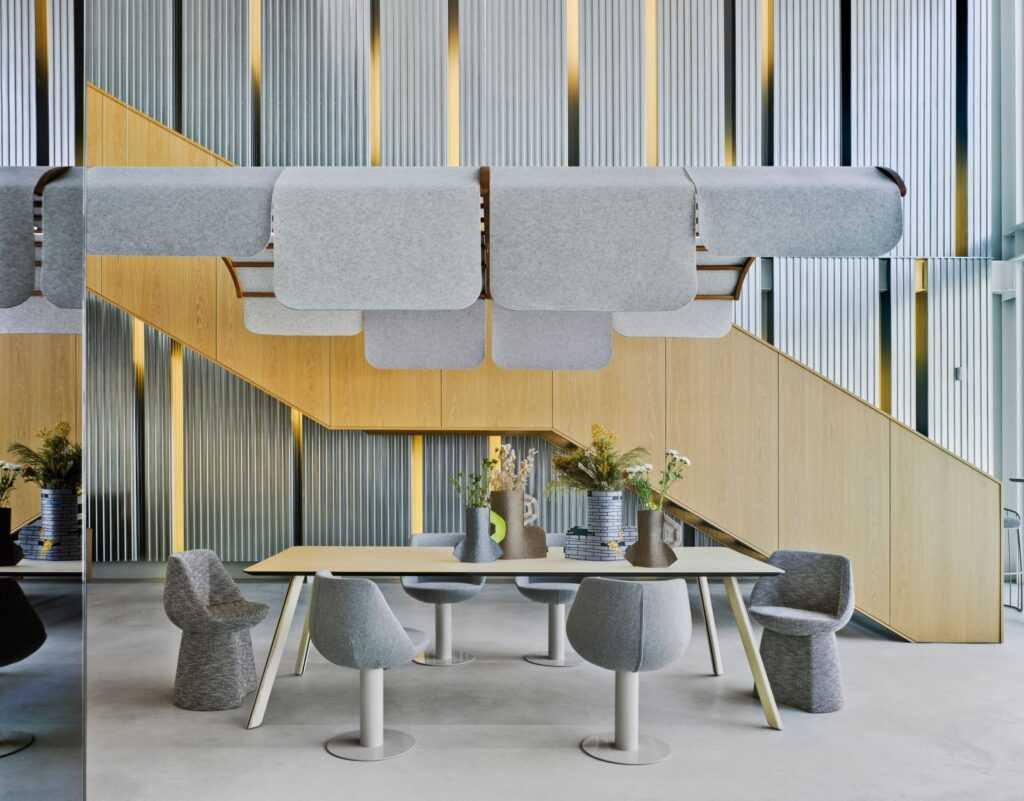
Sancal at Milan Design Week 2023
The 70s aesthetic and the art scene inspired the colorful, vibrant spaces Sancal decorated at Milan Design Week. The studio said, “The 70s brought a new vision of architecture and interior design, inspired by the influences of the iconography of music, art, and cinema. The retro halo of the recreated scenographies integrates the firm’s designs in a playful and slightly theatrical way. For the occasion, carpets and curtains have also been curated which define and frame the environment.”.
The images here are from the Boho Chic living space, one of several that the firm decorated. A mix of styles that combine oriental, vintage, ethnic, and midcentury influences and feature saturated colours and geometric prints and patterns.
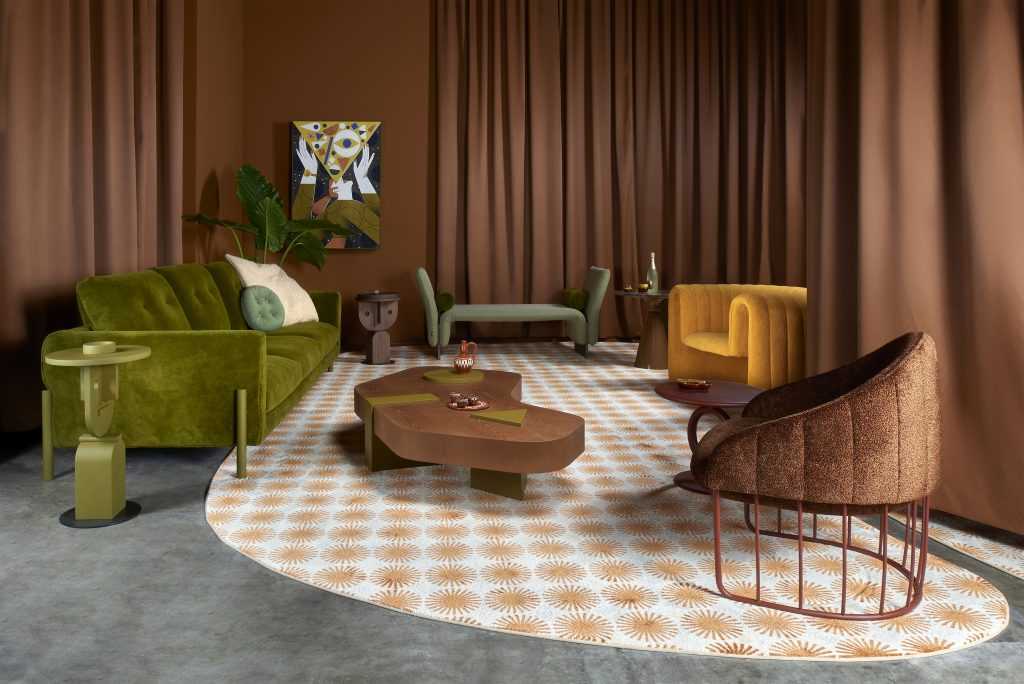
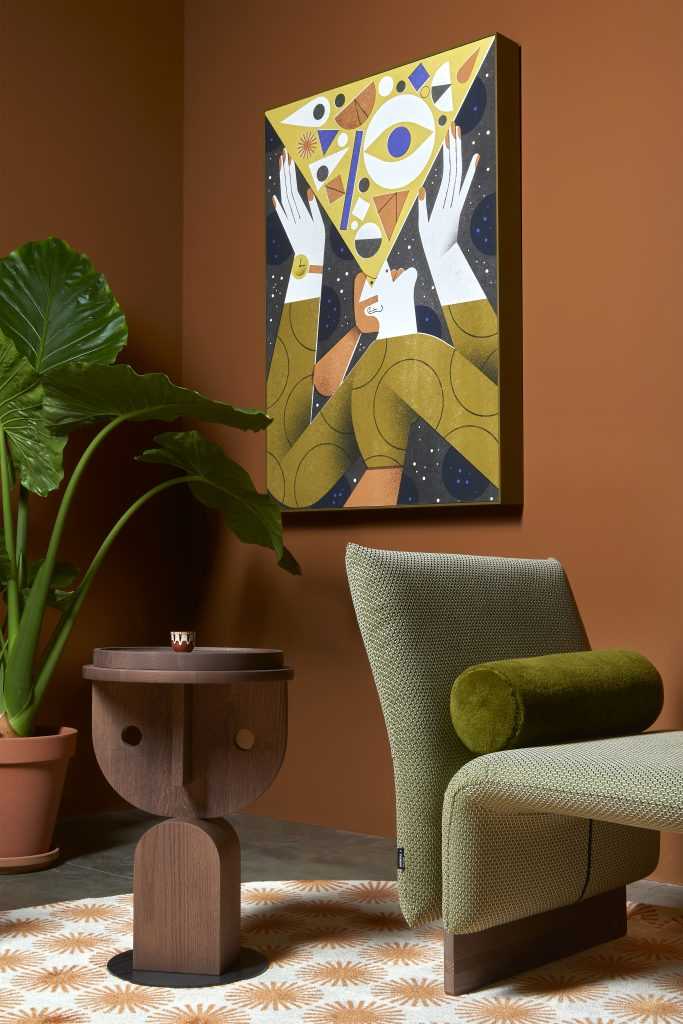
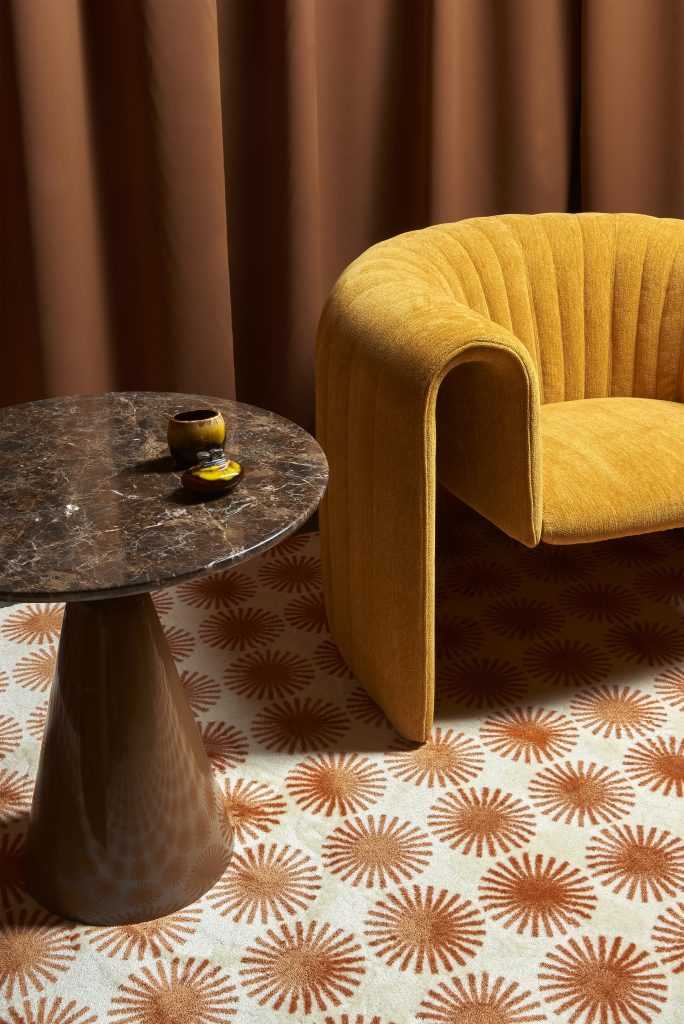
Photography courtesy of Sancal.
